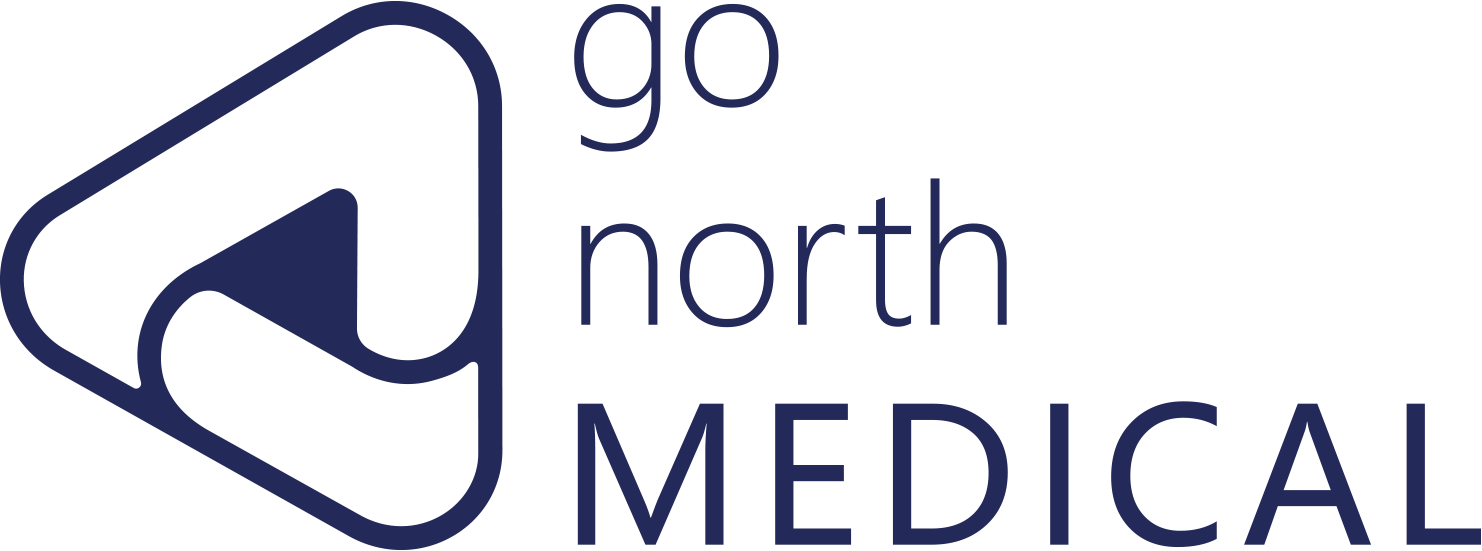Vagus Nerve Stimulation in Children with Refractory Seizures Associated with Lennox–Gastaut Syndrome
Frost M, Gates J, Helmers SL, Wheless JW, Levisohn P, Tardo C, Conry JA.
Epilepsia. 2001 Sep;42(9):1148-52.
https://doi.org/10.1046/j.1528-1157.2001.23900.x.
Continuing on the theme of Lennox-Gastaut syndrome (#LGS) and vagus nerve stimulation (#VNS), this six-center, retrospective study by Frost et al. (2001) reported the 6-months treatment outcome of VNS Therapy in 50 pediatric patients with LGS.
The median ages for implantation and #seizure onset were 13 years (5-27 years) and 1.4 years (0.1-7.5 years), respectively. The median seizure reduction at 1, 3, and 6 months were 42%, 58.2%, and 57.9%, respectively.
Drop-attack seizures and atypical absence seizures
33 (66%) patients had drop-attack seizures. The number of drop-attack seizures significantly reduced by a median of 47%, 55%, and 88% at 1, 3, and 6 months, respectively. Atypical absence seizures decreased by 48% at 1 month, 73% at 3 months, and 81% at 6 months.
Patients underwent #callosotomy
Five patients underwent callosotomy prior to VNS implantation. Their seizures were reduced by 73% after 3-months of VNS treatment.
Quality of life (#QoL)
Increased alertness was observed in more than half of the patients at 3 and 6 months. Other improvements included communication, school work, postictal recovery, and cluster seizures. No relation was found between the QoL-related changes and seizure reductions, or changes in medications. However, further studies with more comprehensive QoL-scales is needed for validated measures of QoL parameters.


